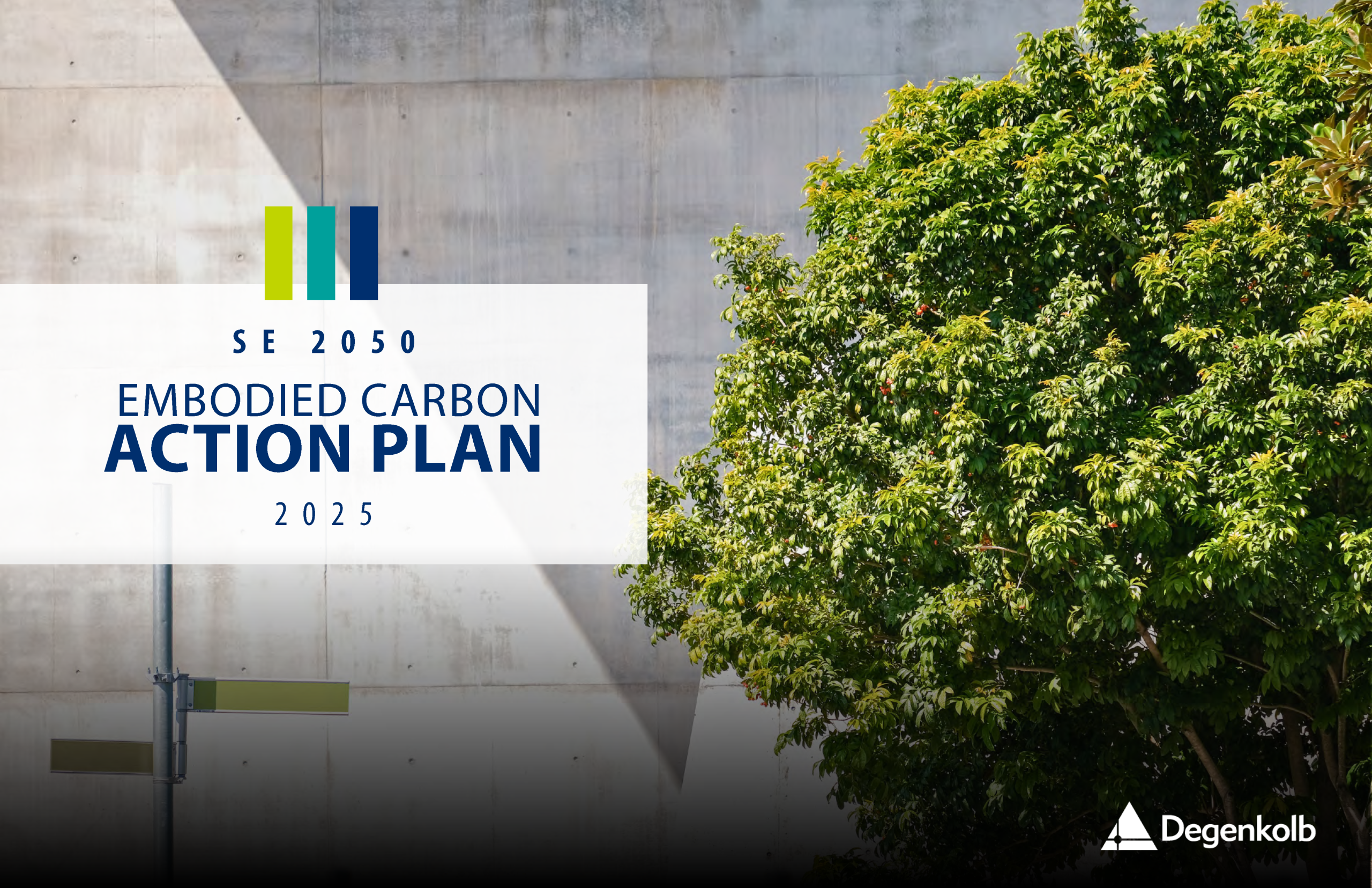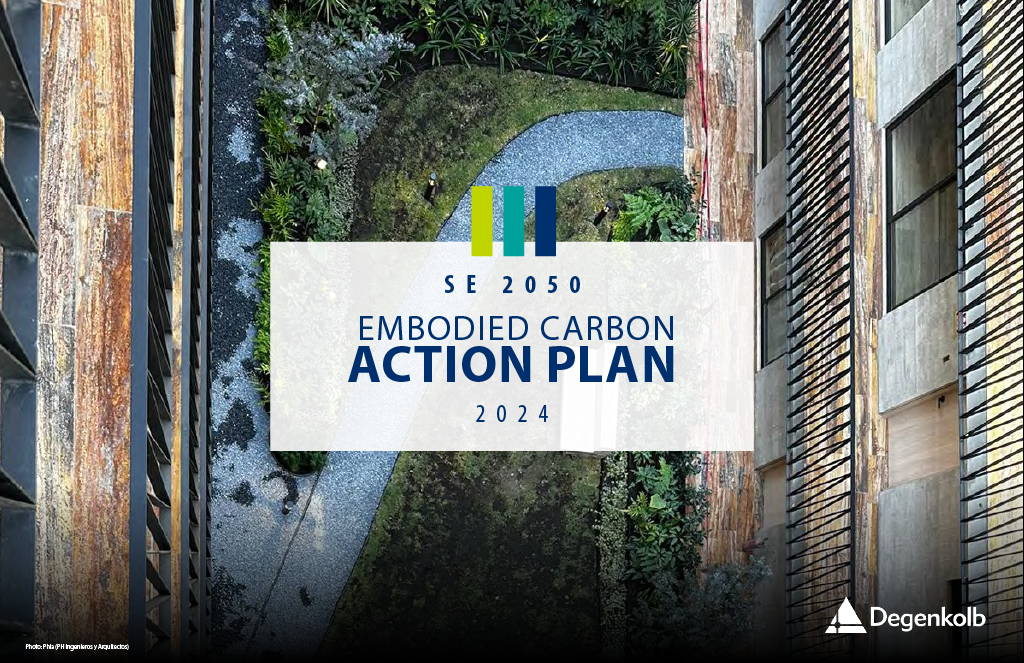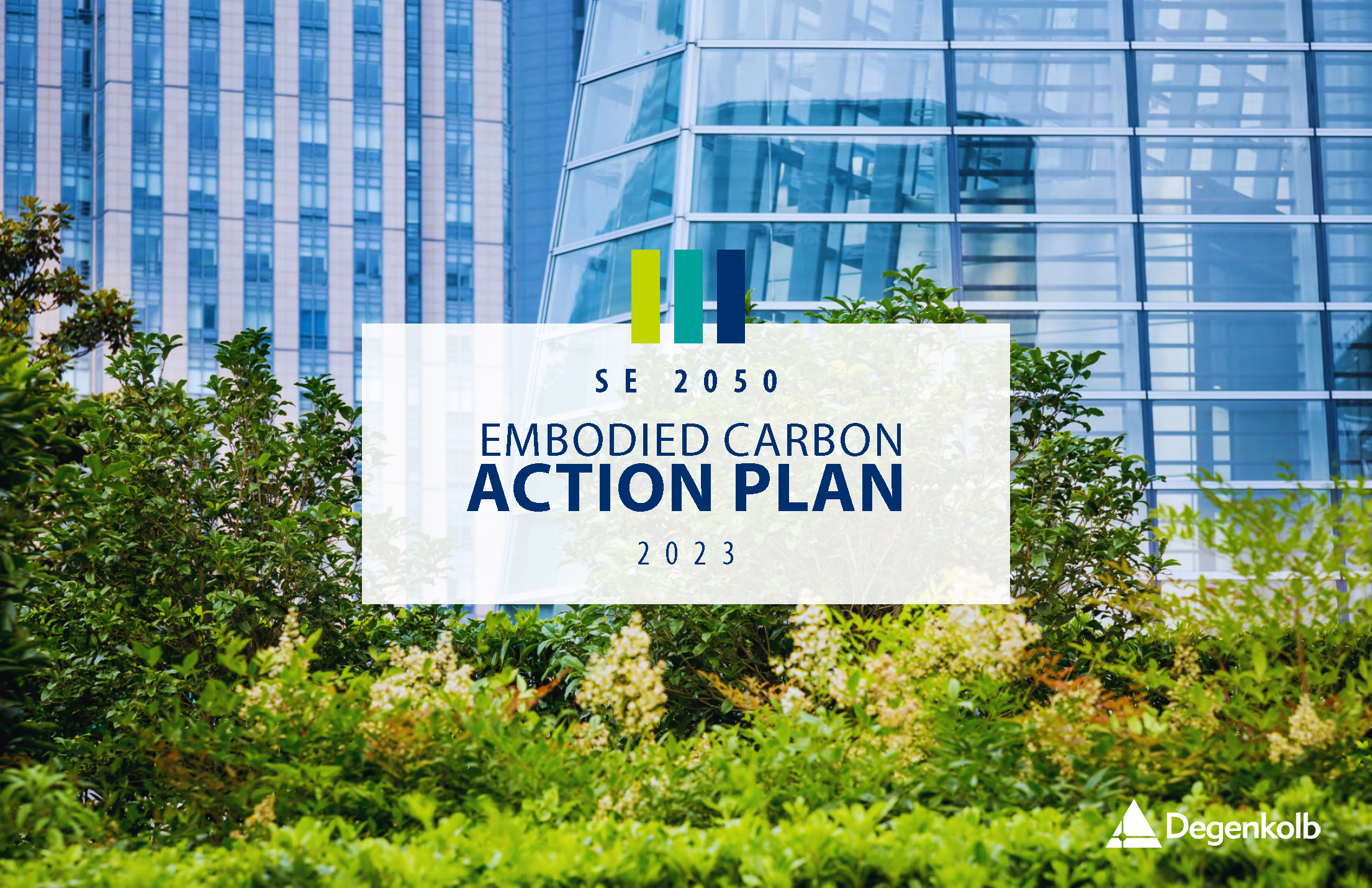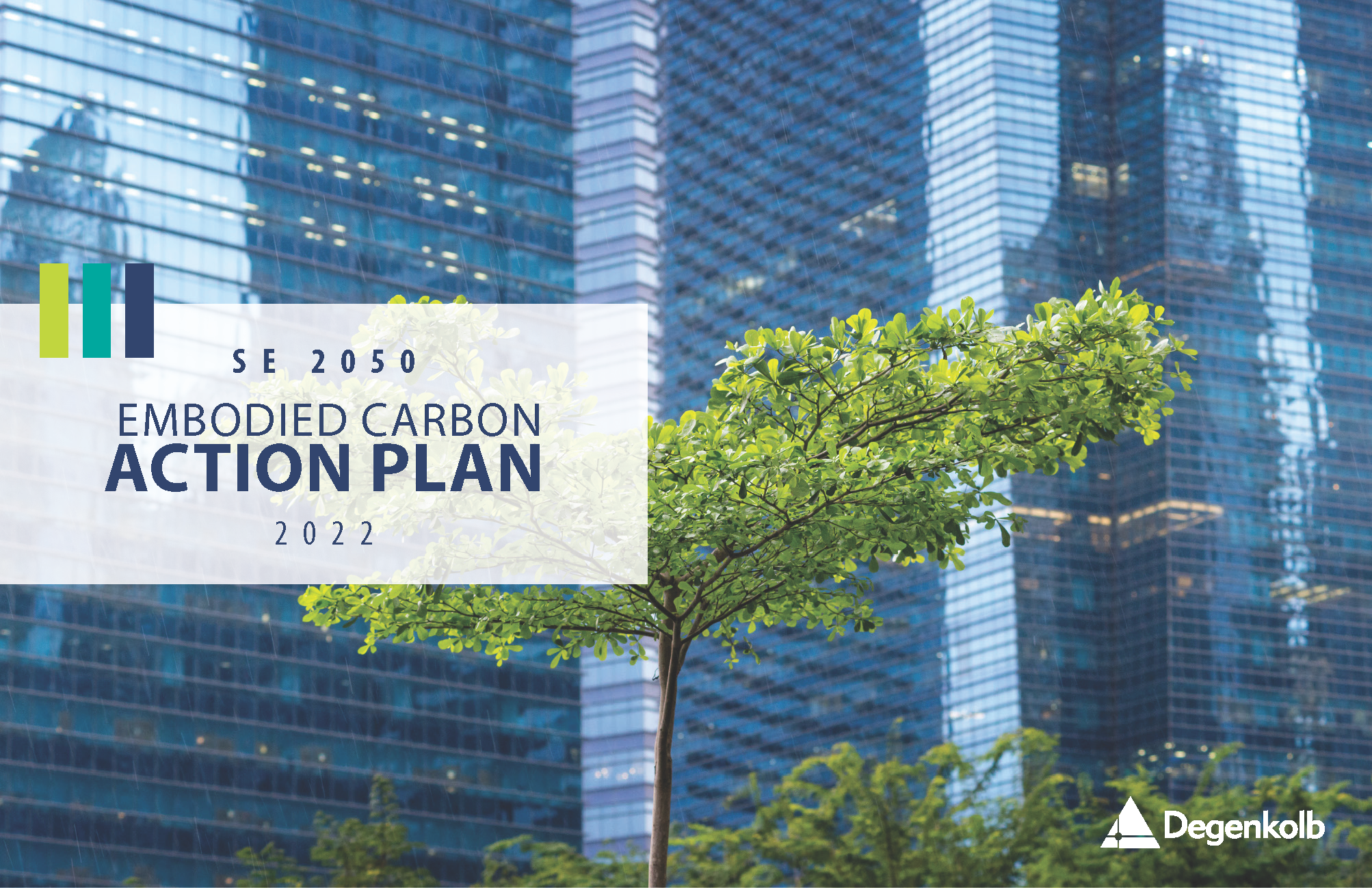SE2050
Degenkolb signed on to the SE2050 Commitment in 2020. The program’s vision is “All structural engineers shall understand, reduce, and ultimately eliminate embodied carbon in their projects by 2050.” This program brings together structural engineering firms to showcase their efforts to reduce embodied carbon. SE2050 activities are divided into four categories: Education, Reporting, Reduction, and Advocacy. Each category has mandatory and optional requirements for firms participating in the program. To read more about SE2050, visit se2050.org. See below for Degenkolb’s Embodied Carbon Action Plan, detailing our activities related to this vision. Previous Embodied Carbon Action Plans are also available for reference.
Articles

How I Found Myself Upside Down in A Dumpster
A carrier adjuster contacted Degenkolb because they needed a forensic engineer to determine the cause of a failed fire sprinkler that had flooded an office...

Team 2 Reflects on Turkey Earthquake Reconnaissance
Final Thoughts from Degenkolb Engineers Team 2 As our time in Turkey has come to an end, we wanted to take some time to reflect...
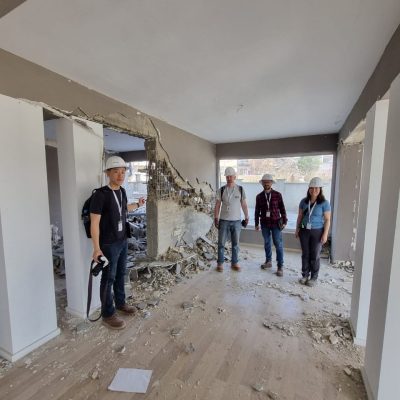
Team 1 Reflects on Turkey Earthquake Reconnaissance
Final Thoughts from Degenkolb Engineers Team 1 On February 6th, 2023, a 7.8 magnitude occurred in south-central Turkey. About nine hours later, a 7.5 magnitude...
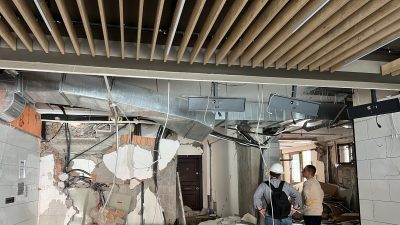
Final Day of Earthquake Reconnaissance in Southern Turkey
March 11, 2023 – Day 6, Team 2 For our last full day in Southern Turkey, we started the day by driving back to the Hatay...
